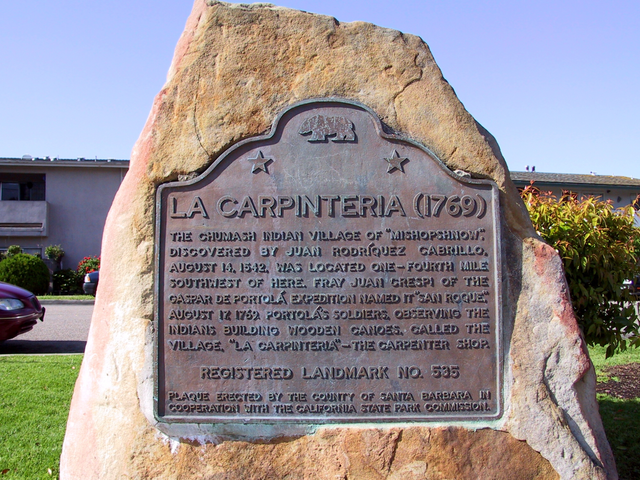When one thinks of ancient Egypt, the mind often conjures images of monumental pyramids rising from the desert sands, but the legacy of this remarkable civilization extends far beyond these iconic structures. The civilization of ancient Egypt, which thrived for over three millennia, left behind a treasure trove of cultural, artistic, and intellectual achievements that continue to captivate the world today. In this exploration, we will delve into the rich tapestry of Ancient Egyptian civilization, going beyond the pyramids to uncover the secrets and wonders of this remarkable society.
I. The Nile River: The Lifeline of Egypt
At the heart of Ancient Egypt’s prosperity lay the Nile River. This life-giving waterway not only provided sustenance but also shaped the very essence of the civilization. The annual inundation of the Nile brought fertile silt, allowing agriculture to thrive. The ancient Egyptians worshiped the Nile as a deity, believing it to be the source of their prosperity and abundance. Beyond its practical significance, the Nile played a central role in the spiritual and cultural life of the Egyptians.
II. Hieroglyphics: The Written Language of the Gods
The Ancient Egyptians are perhaps best known for their hieroglyphic writing system. These intricate symbols served not only as a form of communication but also as a means of preserving their religious and historical texts. Hieroglyphs were used to adorn the walls of temples, tombs, and monuments. The Rosetta Stone, discovered in 1799, proved instrumental in deciphering this ancient script, allowing us to unlock the mysteries of Egyptian literature, science, and religion.
III. Art and Architecture: Temples, Tombs, and Treasures
While the pyramids are the most iconic examples of Egyptian architecture, the civilization produced a wealth of other awe-inspiring structures. The temples at Karnak and Luxor, for instance, were dedicated to various deities and adorned with intricate carvings and colossal statues. These monuments stand as testaments to the artistic and engineering prowess of the ancient Egyptians.
Equally impressive are the tombs of the pharaohs in the Valley of the Kings. These elaborate underground chambers, hidden deep within the mountains, contain remarkable paintings and hieroglyphs that detail the journey of the deceased to the afterlife. The most famous of these tombs is that of Tutankhamun, whose treasures are considered some of the most significant archaeological discoveries of the 20th century.
IV. Religion: The Bedrock of Egyptian Life
Religion played a central role in Ancient Egyptian society. The Egyptians believed in a pantheon of gods and goddesses, each with their own specific attributes and domains. The sun god Ra, the god of the afterlife Osiris, and the goddess of wisdom and writing, Thoth, were just a few among many.
The concept of the afterlife was of utmost importance to the Egyptians, and their religious beliefs and practices were intricately tied to it. They meticulously prepared their deceased loved ones for their journey beyond by mummifying the bodies, providing funerary offerings, and inscribing spells on the tomb walls to ensure safe passage to the afterlife.
V. Science and Medicine: The Seeds of Knowledge
Ancient Egypt was a cradle of knowledge and innovation. Egyptian physicians were skilled in various medical practices, some of which are still used in modern medicine. The Ebers Papyrus, one of the oldest medical texts in existence, contains remedies and diagnoses for a wide range of ailments. Moreover, their advanced understanding of anatomy and surgical techniques is evident in the mummies that have been preserved over millennia.

The Egyptians were also accomplished mathematicians and astronomers. They developed a system of hieratic numerals and were among the first to record mathematical knowledge. Their astronomical observations, often tied to religious practices, contributed to the development of calendars and timekeeping.
VI. Daily Life: Beyond the Pharaohs
While the pharaohs and their grand monuments often take center stage, it’s important to remember that ancient Egypt was a complex society with a diverse population. The daily lives of ordinary Egyptians revolved around agriculture, trade, and craftsmanship. They lived in communities along the Nile, with tightly knit family structures and a hierarchical social system.
Egyptian women enjoyed certain rights and freedoms, including the ability to own property and participate in economic activities. Education was highly valued, and scribes held a prestigious position in society. Come and visit MobyGeek to get more important information about the history of ancient Egyptian civilization.
Conclusion
The ancient Egyptians’ enduring legacy extends far beyond the pyramids that have captured the world’s imagination for centuries. Their civilization was a tapestry of cultural, artistic, and intellectual achievements that continue to fascinate and inspire us today. From the sacred Nile to the mystic hieroglyphs, from the grand temples to the everyday life of its people, ancient Egypt offers a treasure trove of wonders waiting to be explored and appreciated. It is a testament to the enduring power of human creativity and ingenuity that we can still marvel at the wonders of this remarkable civilization.





